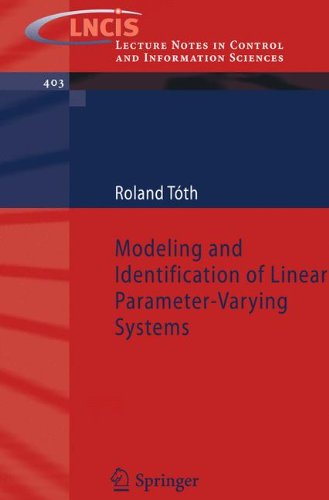

Most ebook files are in PDF format, so you can easily read them using various software such as Foxit Reader or directly on the Google Chrome browser.
Some ebook files are released by publishers in other formats such as .awz, .mobi, .epub, .fb2, etc. You may need to install specific software to read these formats on mobile/PC, such as Calibre.
Please read the tutorial at this link: https://ebookbell.com/faq
We offer FREE conversion to the popular formats you request; however, this may take some time. Therefore, right after payment, please email us, and we will try to provide the service as quickly as possible.
For some exceptional file formats or broken links (if any), please refrain from opening any disputes. Instead, email us first, and we will try to assist within a maximum of 6 hours.
EbookBell Team

5.0
80 reviewsThrough the past 20 years, the framework of Linear Parameter-Varying (LPV) systems has become a promising system theoretical approach to h- dle the controlof mildly nonlinear and especially position dependent systems which are common in mechatronic applications and in the process ind- try. The birth of this system class was initiated by the need of engineers to achieve better performance for nonlinear and time-varying dynamics, c- mon in many industrial applications, than what the classical framework of Linear Time-Invariant (LTI) control can provide. However, it was also a p- mary goal to preserve simplicity and “re-use” the powerful LTI results by extending them to the LPV case. The progress continued according to this philosophy and LPV control has become a well established ?eld with many promising applications. Unfortunately, modeling of LPV systems, especially based on measured data (which is called system identi?cation) has seen a limited development sincethebirthoftheframework. Currentlythisbottleneck oftheLPVfra- work is halting the transfer of the LPV theory into industrial use. Without good models that ful?ll the expectations of the users and without the und- standing how these models correspond to the dynamics of the application, it is di?cult to design high performance LPV control solutions. This book aims to bridge the gap between modeling and control by investigating the fundamental questions of LPV modeling and identi?cation. It explores the missing details of the LPV system theory that have hindered the formu- tion of a well established identi?cation framework.